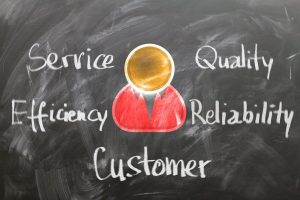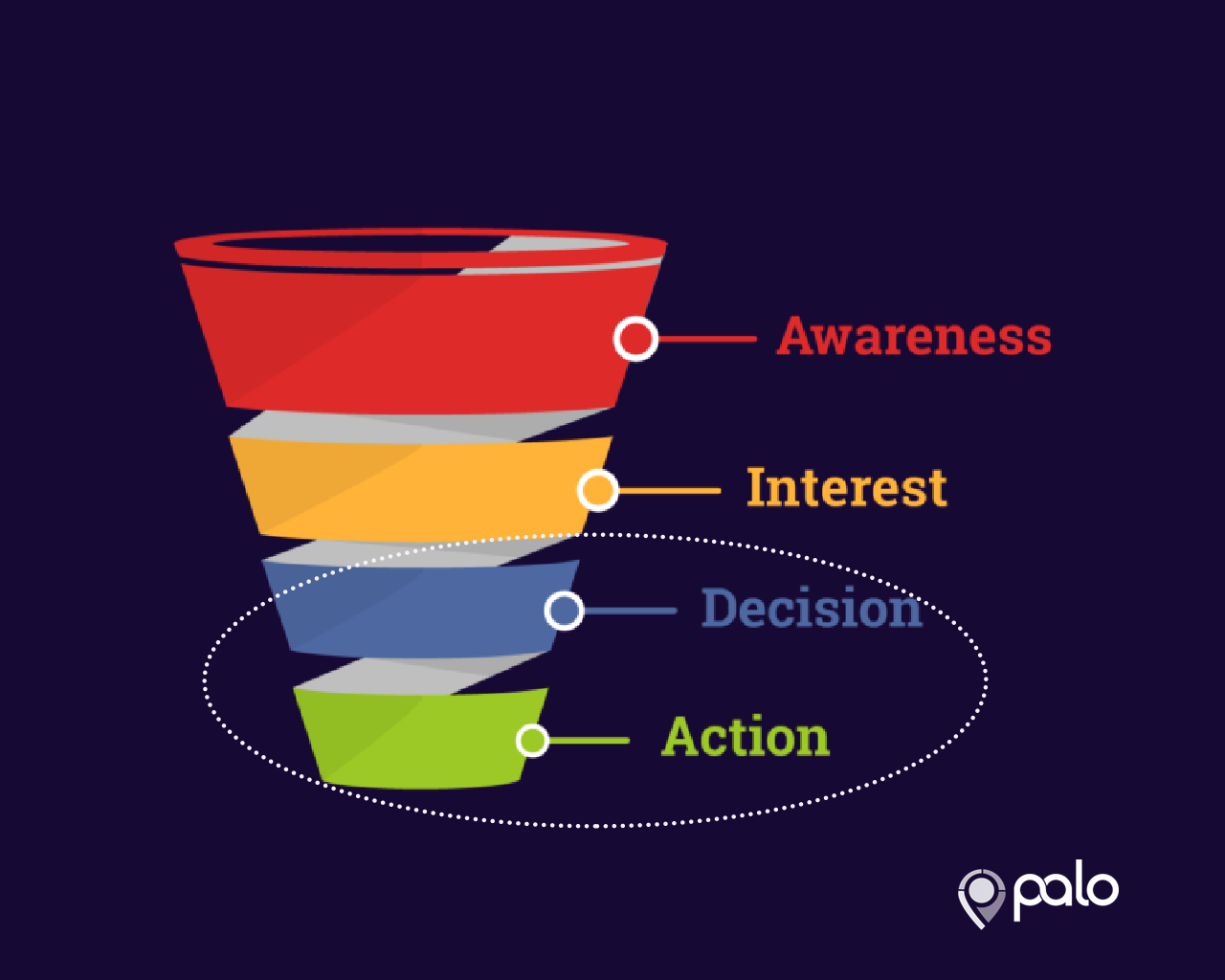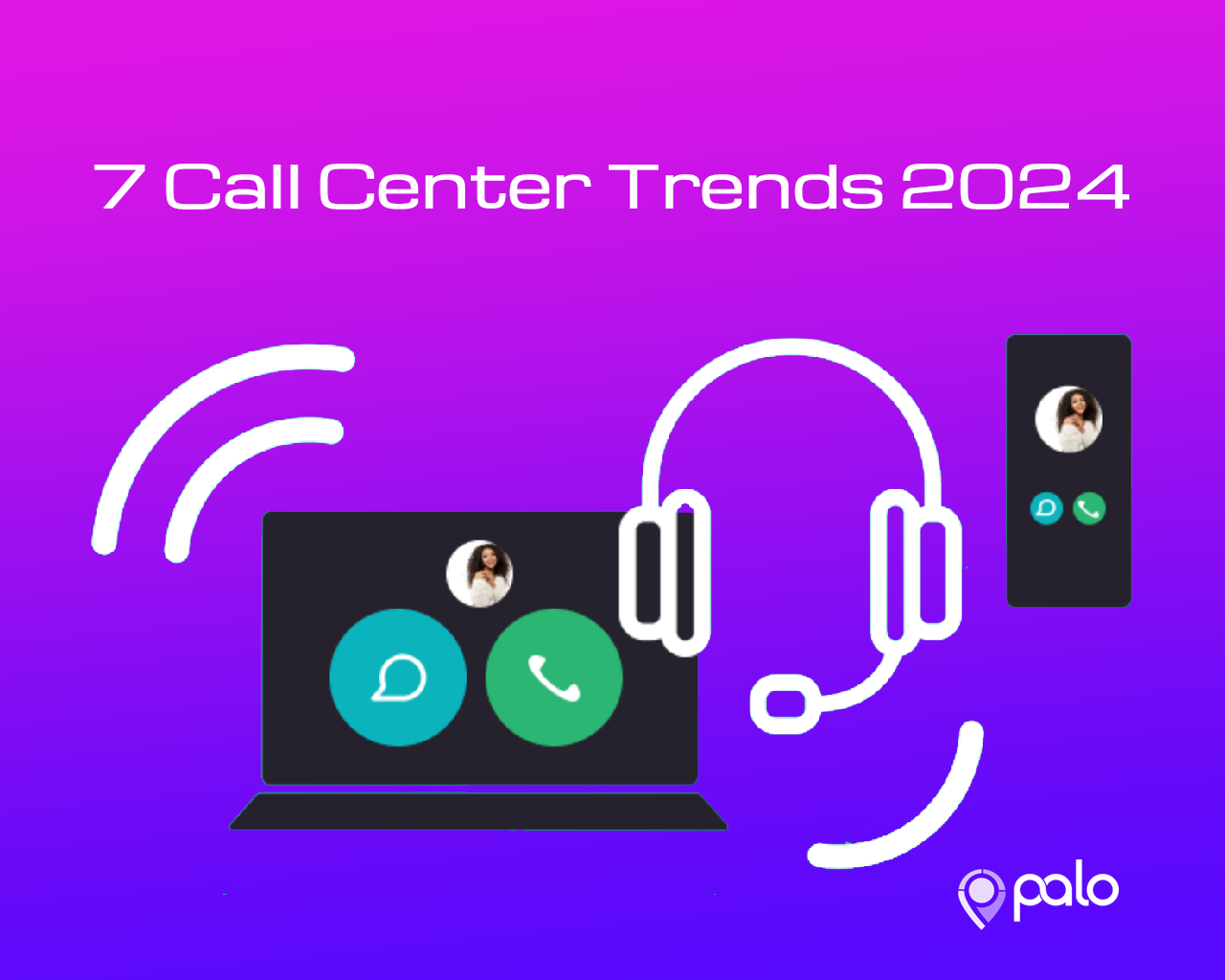
Call Avoidance in Contact Centers: What Is the Way Out?
Are you a contact center agent or manager? If so, you understand the pressure of dealing with angry clients. Some customers complain about the quality of your services, and some are verbally abusive.
Such an experience negatively affects the morale and productivity of many call center agents. In fact, some agents who cannot tolerate the bullying start finding ways to avoid angry customers.
Unfortunately, such actions negatively impact the overall contact center performance. This is because it results in a relatively high number of unaddressed tickets and lowered quality of customer service.
So, as a contact center manager, what can you do to reduce call avoidance? How do you ensure that your staff isn’t prone to rude customers and what can you do to bring down the call avoidance rate among your agents? Read on to find out!
What is Call Avoidance?
Call avoidance refers to actions and methods contact center agents use to avoid phone calls intentionally. They do this in different ways, including but not limited to:
- Placing callers on hold until they hung up.
- Shifting customers to other agents or departments or returning them to the call queue
- Remaining on the line even after addressing a customer’s issue
- Staying in conference mode when routing a call
- Taking unnecessary breaks during peak hours
- Spending more time on after-call work activities

Call avoidance also refers to strategic methods contact centers use to reduce inbound call volumes and divert callers to alternative communication networks.
Contact centers purposely do this to lower the inbound call volume, enhance operational efficiency, and optimize contact center resources.
Causes of Call Avoidance in Contact Centers
Contact center agents find ways to avoid calls for many reasons. For example:
Handling difficult customers
Dealing with complex customer interactions daily can drain agents emotionally. Some customers are verbally abusive or aggressive, making agents avoid calls when possible.
Stress and burnout
By nature, a contact center job is demanding. The job’s high burnout and stress affect an agent’s morale and job satisfaction. Agents try to reduce pressure by avoiding phone calls they think are problematic.
Lack of knowledge and training
Contact center agents also avoid calls when they lack the skills or training to address specific issues. When an agent expects to encounter problems resolving an issue, they tend to avoid that call or route it to another agent.
The pressure of performance
Contact centers typically evaluate agent performance on such metrics as Average Handle Time (AHT) and First Call Resolution (FCR), among others.
Agents may want to avoid customer calls that may reduce FCR, increase AHT, and answer easier ones to achieve their performance targets instead of addressing complex inquiries.
How to Prevent Call Avoidance Among Agents
When agents intentionally avoid phone calls, fewer calls get picked up, and fewer customers get their issues addressed.
This could affect overall contact center performance by increasing call abandonment and lowering customer satisfaction scores.
That means a contact center is not doing its job of addressing customer needs. To avoid this eventuality:
Identify the underlying cause
Identifying the root cause is the first phase in addressing call avoidance.
Agents could avoid calls because of a lack of skills, stressful work environment, excessive workload, or personal issues.
Contact center managers should strive to find the exact reason. They should maintain open communication with their subordinates and ask for agent feedback.
They can do this by conducting interviews, surveys, and face-to-face meetings, reassuring contact center agents to share their challenges, experiences, and concerns.
Set expectations for agents
Contact center managers should set clear expectations for agents to reduce call avoidance in contact centers.
Agents should clearly understand their duties, responsibilities, work hours, performance standards, break schedules, and expected service quality.
Defining KPIs enables agents to focus on attaining their goals and set performance targets while discouraging call avoidance.

Managers should inform their teams of their internal processes and policies, including their call avoidance policy.
They should inform agents of disciplinary actions in place if they consistently avoid calls without reason or poor performance.
Avoid a zero-tolerance policy
Enforcing a call avoidance policy is good, but it should be flexible.
Burnout is already a prevalent problem in contact centers, so having a zero-tolerance policy would make the work environment even more stressful.
It could overwhelm agents further, worsen their burnout, and lower their motivation and engagement.
A call avoidance policy should remind agents what their job is and the metrics they should meet.
However, the workplace would become counter-productive if every call avoidance case is subject to punishment, no matter the reason.
This would affect agent motivation and productivity and lead to poorer customer experiences.
Implement skill-based routing
Implementing a skill-based routing system allows you to route inbound calls to agents with expertise relevant to customers’ specific problems.
That means your contact center agents would address issues that match their skills, spending less time on calls.
Ultimately, this builds agent competence and confidence in resolving customer inquiries, directly reducing call avoidance.

Skill-based routing reduces agents’ need to transfer calls and increases FCR and customer satisfaction rates.
Additionally, when you route calls depending on agent abilities, you can enhance agent experience, increasing their productivity and lowering their chances of call avoidance.
How to Avoid Calls Without Losing Customers
Contact centers usually use call avoidance to lower operational costs and reduce agent workloads.
Unimportant phone calls, like company location or working hours inquiries, can waste a rep’s time and the company’s airtime.
The solutions below can help with designing a call avoidance plan.
Automate responses
An automated call response system can group calls and respond to customer inquiries. For instance, customers can ask the system basic questions about your working hours, location, special events, or return policy.
You can then offer the option of speaking to a live agent when the automated system cannot answer the customer’s inquiry.
Since the automated system addresses low-priority or basic calls, ensure agents only high-priority calls.
Use live chats
A live chat option can reduce your inbound call volume and improve customer experience.
You provide a “chat with us” option on your website, which visitors can use to speak to your business while on the site.

This cost-effective approach can help reduce the number of incoming calls, reducing the overall agent workload.
Like the phone tree, you can couple your live chat with automated texts to answer frequently asked questions (FAQs).
Texting for business
Texting software options can also reduce your contact center’s call volumes.
A text message enables an agent to handle up to three times the number of dialogs a call can allow.
Texting is less expensive than phone calls. For instance, support teams spend over US$12 per call session, while an SMS costs a few cents.
Customers also like texting, and business texting allows them to interact with agents as fast as they would with family members or friends.
Consider self-service features
A self-service portal, like a company blog, FAQ page, or support center, can address most customer queries.
You are responsible for availing these features and making them easy to use so customers will not have to call you for inquiries or basic problems.

Link your contact details to your support center or FAQ portal.
If a client texts outside business hours or when all agents are occupied, you can send an automated message directing the client to self-service portals.
Display an SMS number and email address
You can further manage inbound calls by gatekeeping your business number. Instead of a phone number, publicize your business email address or SMS number on your social media accounts.
If your business uses the same number for calls and texts, publicize it as an SMS number using a call to action like “text us.” This can inspire customers to text instead of calling.
Final Thoughts
Call avoidance is undoubtedly a problem for contact centers that must be addressed before it gets out of hand.
High call avoidance rates can increase wait times, reduce the number of calls handled, and lead to poor customer satisfaction scores.
While addressing call avoidance in contact centers is necessary, managers should avoid implementing strict policies that may push agents beyond their limits.
Instead, they should work with agents to identify the underlying issues behind call avoidance and address them accordingly.
At PALO, we help businesses thrive by running pay-per-call campaigns that help them generate quality leads.
Contact us today to learn more about our business model and how we can help you take your business to the next level.






